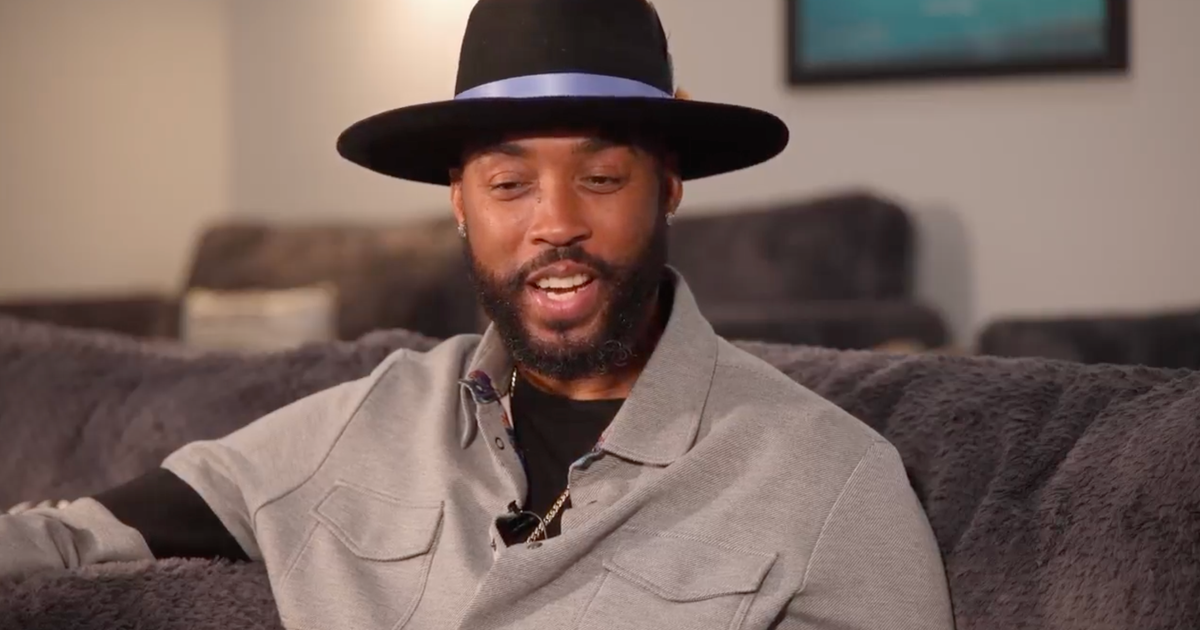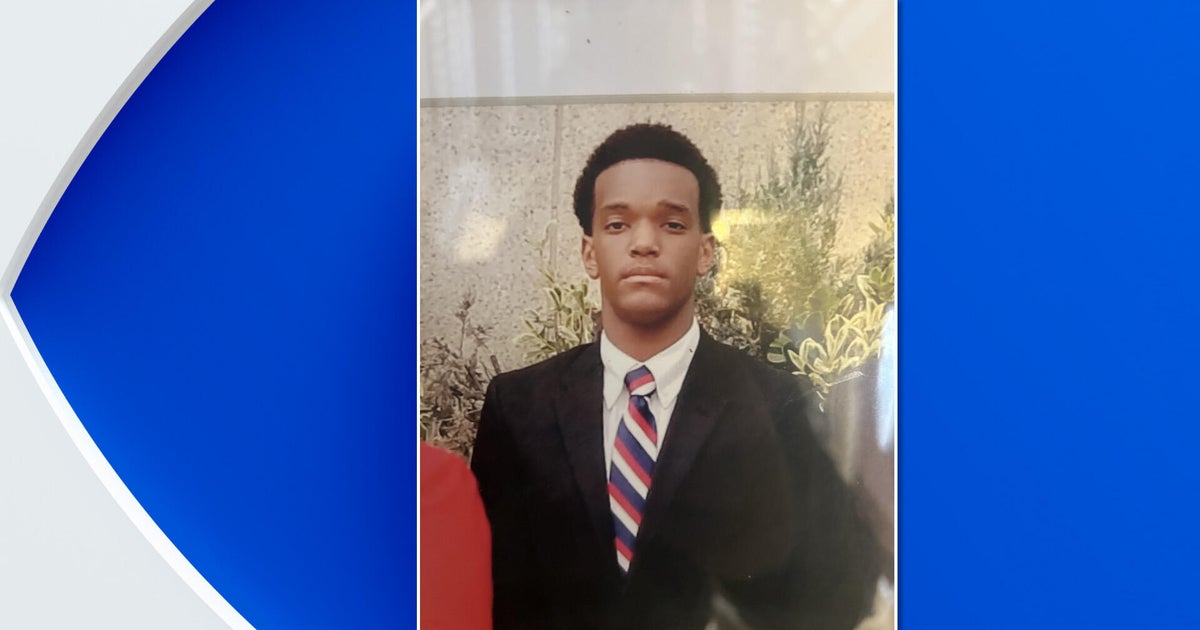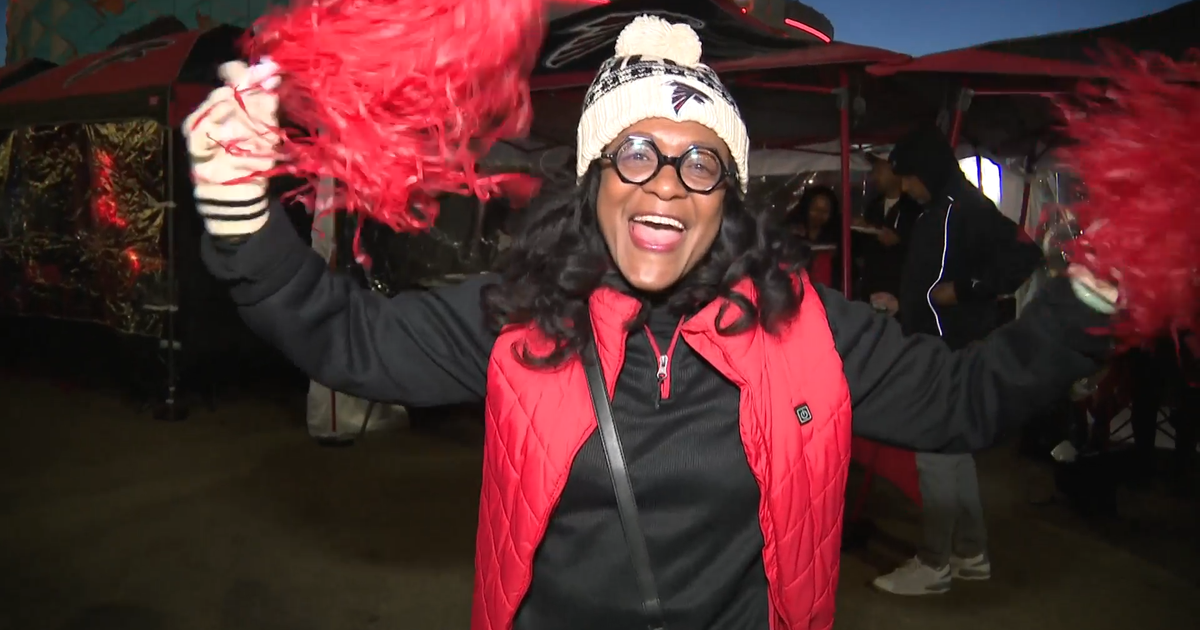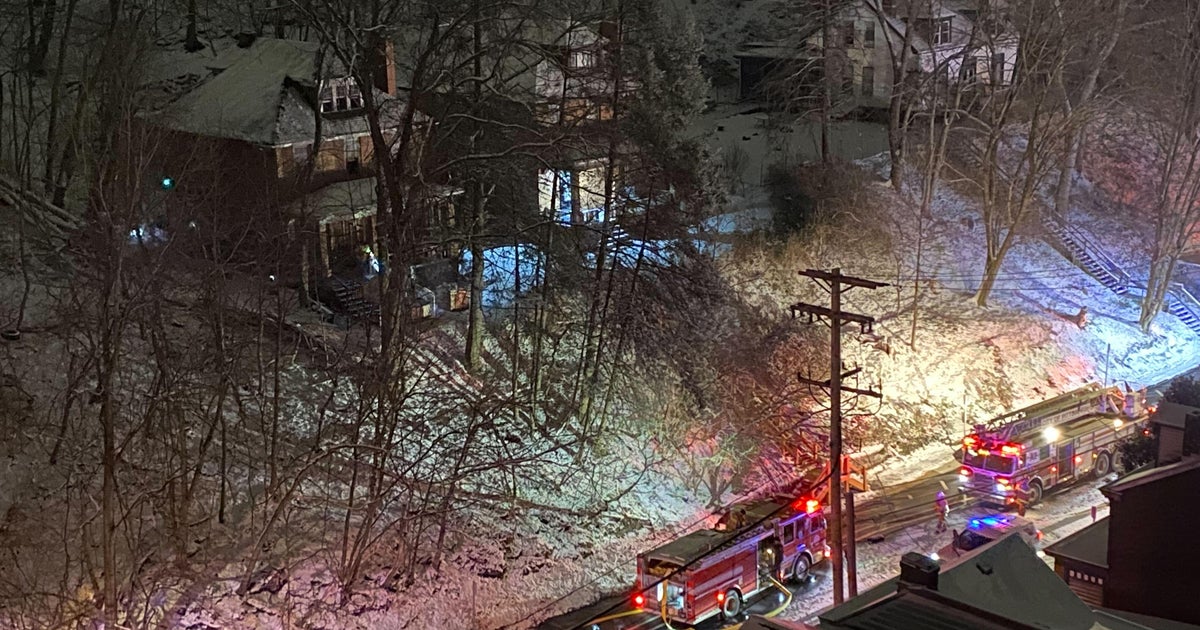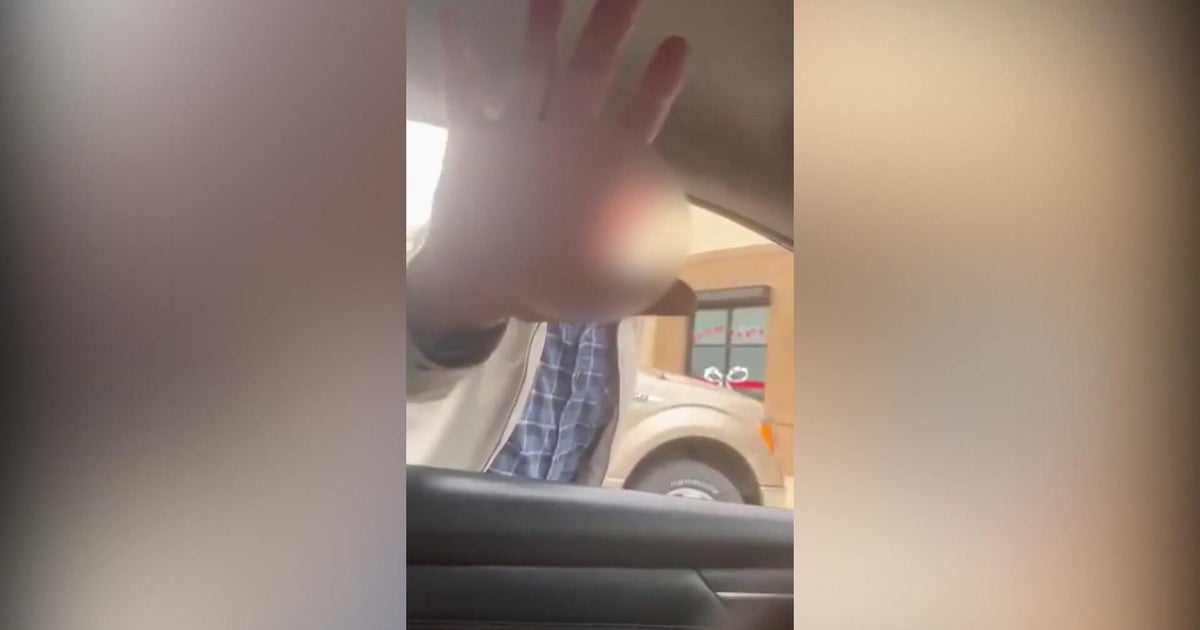Robot Can Diagnose Lung Cancer Without Surgery
PITTSBURGH (KDKA) - Edward Whaby was getting routine chest CTs as a follow-up after heart surgery.
"For three months there was nothing there, then all of a sudden, a spot showed up on my right lung. I was kinda taken by surprise," he says.
To figure out what it was, the doctors needed a sample of tissue. Sometimes this is done through surgery.
"I said to myself, not another surgery," he says. "Cause that was kind of...it took a lot out of me."
And sometimes, after a big surgery, the spot turns out not to be cancer.
To make a diagnosis before surgery, doctors might use a needle from the outside to get a sample of tissue. But that can have complications in one out of four people. Or they could go through a scope on the inside, but the suspicious spot may be too hard to reach.
But now, to go even further out into the lung, there's a robot.
"A very powerful computer detects the shape of that small tube that's going down the airway. Depending on the shape of the catheter, it can determine where the catheter is," says Allegheny Health Network thoracic surgeon Dr. Benny Weksler.
"It's the smallest catheter available. That's why it can reach farther into the lung, into the very, very small airways and perform those precise biopsies," he explains.
It uses CT scans and GPS.
"It's minimally invasive. All through the mouth," says pulmonologist Dr. Sohini Ghosh. "Patients in general do very well with the procedure, because there's no cutting of the skin, but it can be sometimes three hours of anesthesia."
"There a risk of bleeding, Normal bleeding, minor bleeding, coughing up blood, totally normal, but severe bleeding is rare. Risk of infection is low. And there a risk of a pneumothorax or a collapsed lung," she adds.
With this tool, the doctors can reach the spots in question while they are still less than an inch in diameter, when there's a better chance of a cure.
In Edward's case, it turned out to be cancer. He didn't realize how the robot helped to diagnose it until after the fact.
"They didn't really tell me they were going to do that," he says. "They just went and done it. And I'm glad they did."
He's doing well now after surgery: "It worked out for the best."
At the Allegheny Health Network, the doctors have done about 50 cases so far with the robot. Ideally, it's used in conjunction with CT scan screening of people who smoked for a long time.
